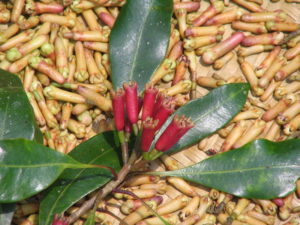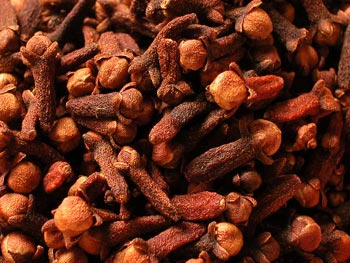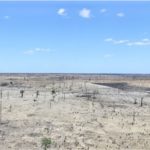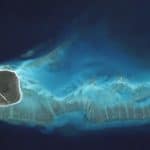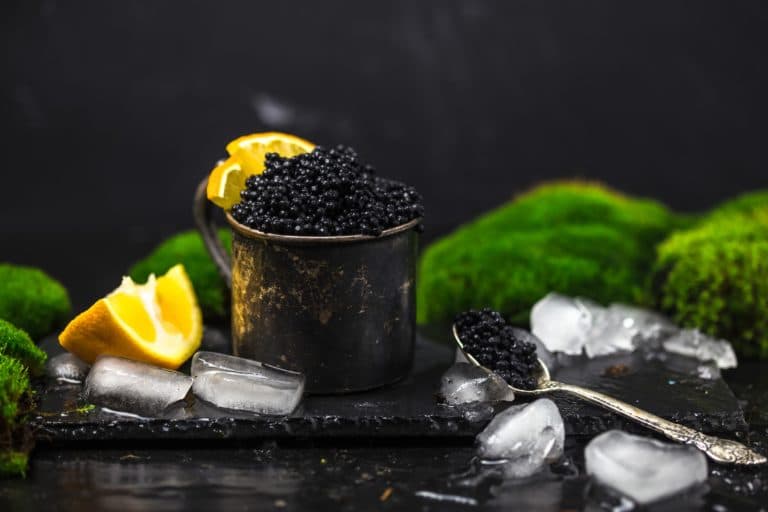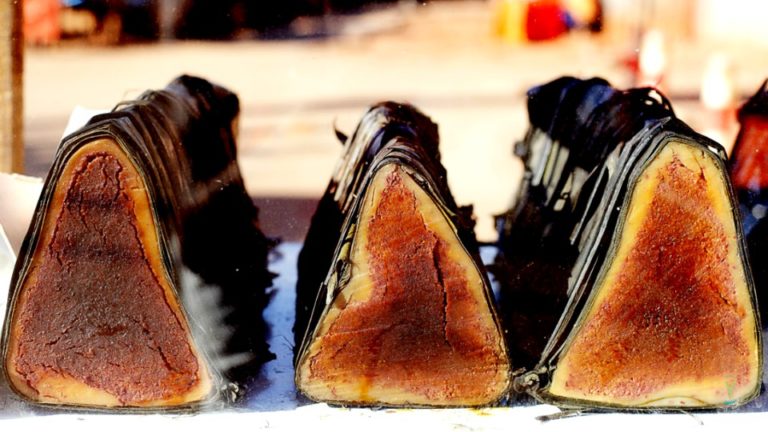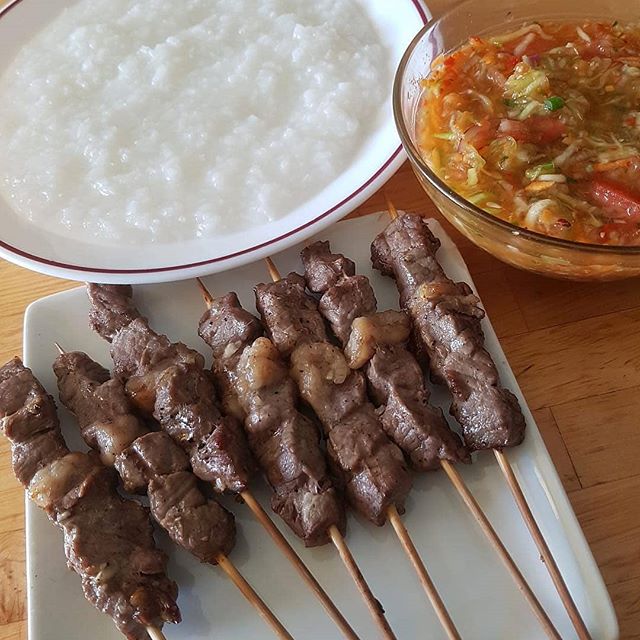Cultivation and use of this ancient spice
Even in ancient times, the flower buds of the tropical clove tree were in great demand as a perfume. The cloves known in Europe today are also the dried flower buds of the tropical tree from the Myrtaceae family (Eugenia cariophyllata). This is not originally native to Madagascar. It is believed that some seedlings of this tree were introduced in 1506 by the Portuguese admiral Alphonse d'Albuquerque. Only at the end of the 19th century, with the colonization of the country, the clove began to be cultivated and traded with its dried flower buds. Until today, the clove tree is cultivated, harvested and processed in Madagascar.
The trees are not demanding and grow easily on very different soils. Especially the people of the Betsimisaraka at the northern east coast, benefits from the yields of cloves. The main cultivation area, however, is between Sonierana-Ivongo and Mananara on the main island of Madagascar and also parallel on the nearby Sainte Marie Island. The fragrance that covers the eastern growing regions of cloves in October is incomparable.
The trees are planted at a distance of about 7 meters. After 7 years, the first buds of the trees develop. As soon as the bud begins to turn slightly pink, the right time has come to harvest them. When she blossoms, she delights with their bright red color. However, the fruit inside the flower then becomes hard and inedible. The harvest of the buds usually begins in November. Only on Sainte Marie the flowers are picked already in October.
The harvest takes place in a triennial cycle, with the first yielding a very good crop, the second a moderate one and the third a very poor one. The clove tree has long proven its usefulness to the population: for some years now, the leaves and the stems of the flower buds have also been distilled in order to beguiling essential oils to win.
What is known in Europe as Cloves knows, are the dried Flower buds of a tropical tree from the family of Myrtaceae (Eugenia cariophyllata). Despite the tropical origin, cloves seem to have been used as a perfume since ancient times.
As far as Madagascar is concerned, it is possible that some seedlings from the Portuguese Admiral Alphonse d'Albuquerque were introduced in 1506, but with the culture began in earnest only at the end of the 19th century. For more than a century cloves are grown at the East coast of Madagascar and on the Sainte Marie Island harvested and processed.
The trees are not demanding and grow easily on very diverse soils, which is why cultivation is popular among the Betsimisaraka people of the northern east coast. The main cultivation area is between Sonierana-Ivongo and Mananara on the main island of Madagascar and also in parallel on the nearby Sainte Marie Island.
The trees are planted at a distance of about 7 meters, they tolerate strong winds very badly, the buds develop when the trees are at least 7 years old. The harvest of buds begins in November, on Sainte Marie a little earlier, in October.
As already mentioned, it is a flower bud that must be harvested at exactly the right time, when it becomes slightly pink. If you wait too long, the buds turn red, bloom, and the fruit becomes hard and inedible.
Then they are slowly dried on straw mats in the shade, the smell at this time of year on the east coast is unforgettable.
The harvests in a three-year cycle are classified as follows: a very good harvest, the following year a less good harvest and then a very poor harvest.
The cloves will keep for years without any problems.
The Clove tree has long proven its usefulness to the population, for some years now the leaves and the stems of the flower buds have also been distilled in order to essential oils to win.

